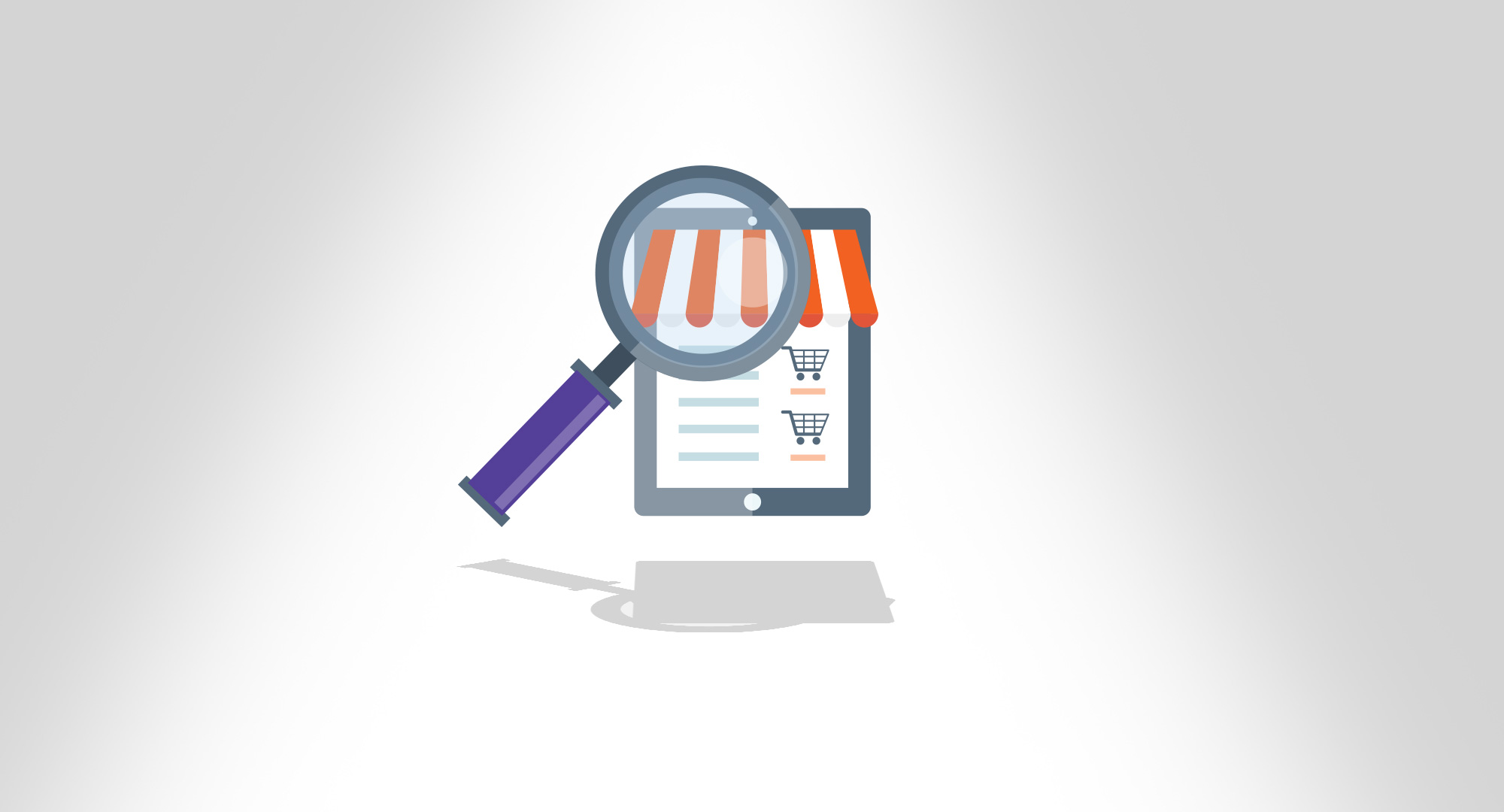Having your brand on Amazon comes with many benefits as it is the largest eCommerce retailer in the world and allows your products to be purchased by the millions of consumers that are Amazon members. However, it does not come without some risks as well. One of the most significant issues that brands have to deal with on Amazon is unauthorized third-party sellers purchasing their products and reselling them as their own. Amazon’s solution to this problem is a service they provide called Brand Gating, which allows manufacturers and brand owners to designate who is and who is not authorized to sell their products within the marketplace.

Counterfeit products are problematic to both the seller and the consumer. As an established brand owner, it can be frustrating having to deal with these unauthorized resellers profiting off of your products and potentially threatening your brand’s reputation. As a consumer, it is scary to think that the products you purchase may not be 100% authentic or even close to what the seller claims them to be. This is why brand gating is an important way that Amazon can build trust among shoppers, brands, and resellers.

The basic goals of brand gating include – blocking unauthorized sellers from selling specific products, eliminating the existence of counterfeit goods from the marketplace, and giving brands greater control over who can sell their products. Making sure that the proper items are being sold legitimately helps to ensure an overall successful Amazon experience, but it does not come without a price.
Brand Gating for the Reseller
Brand gating can be very beneficial for brand owners and manufacturers, but what does it mean for authorized third-party resellers that make a living through selling various products on Amazon? There are a few steps that these resellers need to go through to prove their legitimacy in order to be approved to sell certain products. First, they will need to provide invoices from the manufacturers that show proof of items purchased within the last 90 days. Then, they will have to present written permission from the brand to sell their products, and finally, they will need to spend a one-time fee of $1,000-$5,000*, per brand, to sell their items. *Please Note: In regards to the last qualification, there have been multiple resources that have claimed Amazon has actually waived the fees for resellers. However, because Amazon is always changing its rules, we felt it was better to note the potential financial burdens upfront.
Brand Gating for the Manufacturer

How To Register For Brand Gating
Here are the steps a brand owner or manufacturer needs to take to enroll for brand gating:
- Make sure to register all the necessary trademarks for the Country or Countries you’re selling in
- You can register a trademark through your local intellectual property office, such as the United States Patent and Trademark Office (USPTO) in the USA. Amazon requires either a text-based mark or an image-based mark with words, letters, or numbers. Note that registering for trademarks may incur fees.
- Enroll in Amazon Brand Registry
- You will need to have your trademark(s) registered before you can be considered for Brand Registry, so complete that step first. Additionally, Amazon will only consider your company for Brand Gating if you are enrolled in Brand Registry, so this is also a necessary step. The benefits of being Brand Registered include accurate brand representation, powerful search tools, and proactive brand protection from counterfeits.
- Give Amazon a list of your most important or most counterfeited ASINs that you want to be Gated
After you are brand registered, you need to compose a list of ASINs (Amazon Standard Identification Numbers) that you would like to be gated. It is best to arrange this list based on research, including your most important, most profitable, and/or most counterfeited ASINs so they can be prioritized when being protected. Putting in the effort to compose and share this list shows Amazon that you are serious about protecting your brand and assets.
- Provide a list of Authorized Resellers
- If you are not the only seller of your products, you should provide Amazon a list of approved authorized resellers for your brand. The reseller will still have to follow the steps previously stated above to be authorized to sell your products. However, it will be beneficial for both you and them if you also present their names upfront to avoid any potential conflicts.
- Show Amazon any proof about how you’ve combatted risky sellers in the past
- The last and final step involves providing any useful information to show Amazon all previous actions you have taken to combat counterfeiters in the past. This will additionally help to build your case for why you need brand gating.
Once you have completed all of these steps, it will take Amazon anywhere from 2-7 days to approve your requests, and then it may take 4-5 weeks for brand gating to actually be implemented. You will know that your ASIN has been gated when you click on the “Sell on Amazon” button below the Buy Box, and it states that “You need approval to list in this brand.”
Conclusion
For a long time, many companies suffered from counterfeiters stealing their goods and profiting off of them on Amazon. Brand Gating is Amazon’s way of ensuring that brands will stay protected when selling their products on the marketplace. This service works to secure that the brand has total control over who is legally authorized to sell their goods, to try and completely rid the site from counterfeit items, and to protect specified ASINs from being sold by illegitimate third-party resellers. Brand Gating provides trust to the consumer that they can purchase legitimate goods without facing potential harmful risks, and trust to the brand that their reputation will not be soured by counterfeit activity. If you feel as though your brand is currently suffering from unauthorized resellers, you should become brand registered and enroll in brand gating as soon as possible!



